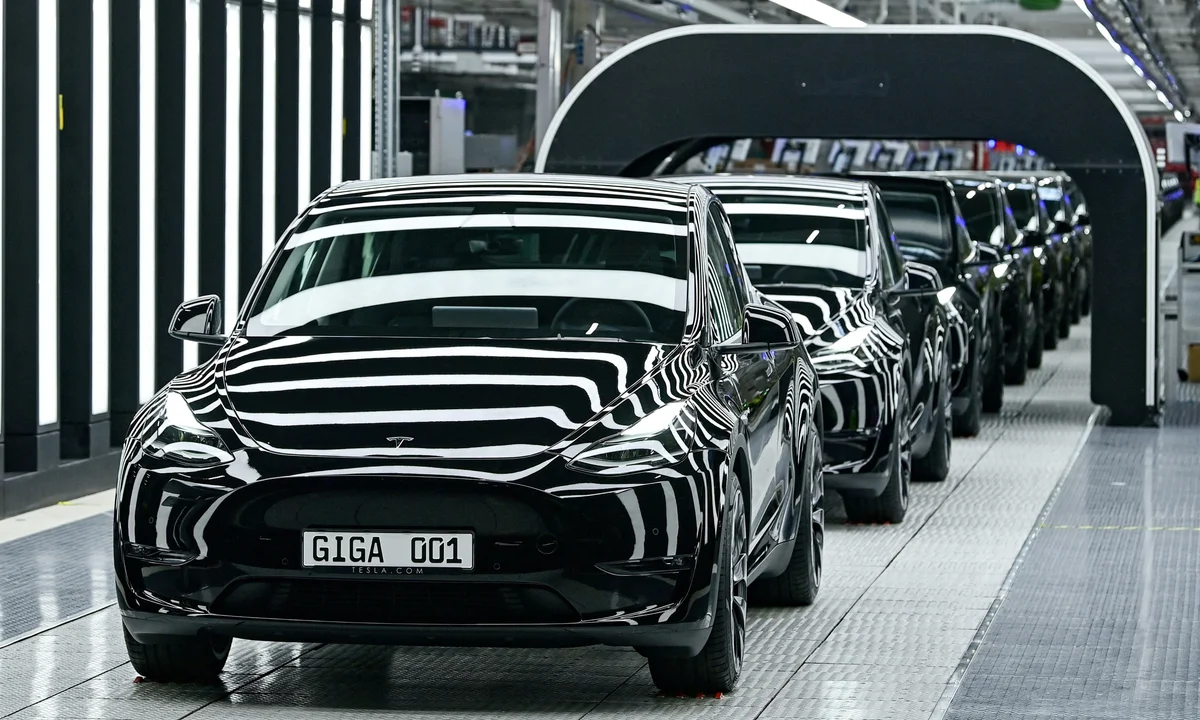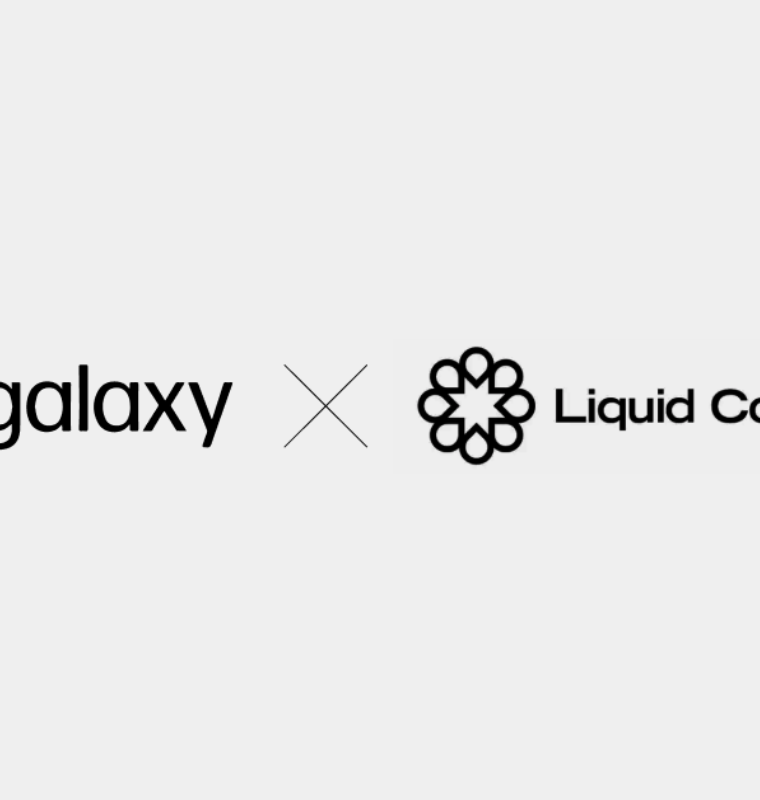Tesla’s Auto Revenue Falls for Second Straight Quarter Amid EV Sales Slump
Tesla’s Auto Revenue Falls for Second Straight Quarter Amid EV Sales Slump
By
Junia Wells
Last updated:
July 24, 2025
First Published:
August 6, 2025

Photo: The Guardian
Tesla’s automotive business continues to cool, with the electric vehicle (EV) giant reporting a second consecutive quarterly decline in auto revenue and missing Wall Street expectations on both earnings and sales.
Earnings Snapshot: Below Expectations
In its Q2 2025 earnings report, Tesla posted adjusted earnings per share (EPS) of 40 cents, missing analysts’ forecast of 43 cents, according to estimates from LSEG.
Total revenue came in at $22.50 billion, slightly below the $22.74 billion expected by Wall Street.
The company’s automotive revenue dropped to $16.7 billion, a 16% year-over-year decline from the $19.9 billion it reported in Q2 2024. Revenue from regulatory credits fell sharply to $439 million, down from $890 million a year earlier.
Net income for the quarter was $1.17 billion, or 33 cents per share, compared with $1.4 billion, or 40 cents per share, in the same period last year.
Vehicle Deliveries and Market Share Erosion
Earlier in July, Tesla announced it had delivered 384,000 vehicles in Q2, representing a 14% decline from the same quarter in 2024. The decline reflects Tesla’s ongoing struggle to keep up with rising global competition, especially from Chinese EV makers offering affordable models with high-end features.
Tesla’s stock is down 18% year-to-date, underperforming all other megacap tech firms. By contrast, the Nasdaq Composite is up around 9% in 2025.
Policy Shocks and Tax Credit Expiry
Executives cited multiple headwinds during the earnings call. Chief Financial Officer Vaibhav Taneja warned of disruptions caused by new tariffs and the expiration of the federal $7,500 EV tax credit, which ends in September following the passage of a congressional spending bill.
“Given the abrupt change, we have limited supply of vehicles in the U.S. this quarter,” Taneja said. “We may not be able to guarantee delivery for orders placed in the latter part of August.”
Musk Acknowledges Potential 'Rough Quarters' Ahead
CEO Elon Musk signaled uncertainty in the months ahead, telling investors:
“We probably could have a few rough quarters. I am not saying that we will, but we could.”
Tesla’s attempts to shift supply chains in response to the Trump administration’s tariff hikes have reportedly slowed down U.S. deliveries.
Competition Heating Up in the EV Market
While Tesla has yet to roll out its long-awaited affordable “Model 2”, other automakers are aggressively expanding their EV portfolios. Chinese firms such as BYD and Nio are already offering feature-rich, budget-friendly EVs, challenging Tesla’s dominance in key markets.
Tesla confirmed in its shareholder deck that it began initial production of a more affordable EV model in June, with volume production set for the second half of 2025.
Robotaxis, AI, and the Future Vision
Musk attempted to shift the narrative to Tesla’s future-facing technologies, such as its robotaxi fleet and humanoid Optimus robots. A limited pilot of Tesla’s robotaxi service has launched in Austin, Texas, currently operating with a human valet on board.
“We will expand coverage and eventually remove the safety rider,” the company said.
Musk reiterated his aim for autonomous ridehailing to be available to half the U.S. population by the end of 2025, subject to regulatory approval. However, Tesla is significantly behind Alphabet’s Waymo, which already operates public commercial robotaxi services in multiple cities, including Austin.
Charging Infrastructure and Digital Assets
Despite challenges in the core auto business, Tesla saw positive momentum in other areas:
- EV Services Revenue: Gross profit from services (including charging stations) rose 17% year-over-year, driven by expanded Supercharging network use.
- Supercharging Growth: Tesla added 2,900 net new Supercharging stalls, an 18% year-over-year increase, bringing the total to 7,377 Supercharger stations.
- Digital Assets Surge: Tesla’s holdings in digital assets are now valued at $1.24 billion, up from $722 million a year ago, reflecting gains in cryptocurrency investments and blockchain-related ventures.
Outlook: Uncertainty and Pivot Strategy
Tesla’s current challenges underscore the volatility of the EV industry amid geopolitical tensions, policy shifts, and aggressive competition. While Tesla continues to position itself as a tech-forward mobility leader, its near-term performance remains uncertain due to supply constraints, policy risks, and falling demand in key markets.
Investors will now be watching closely to see if Tesla’s pivot to robotaxis, AI integration, and affordable EVs can reignite growth—or if the company will continue to lag behind in a fast-evolving market.
Popular articles
Subscribe to unlock premium content
Disney’s Timeless Magic and How the Entertainment Giant Continues to Shape Culture and Innovation

Imran Khan’s Economic Missteps Amid Political Chaos in Pakistan

The Philippines’ Digital Shift How Remittances and BPO Are Fueling Growth

Disney’s Timeless Magic and How the Entertainment Giant Continues to Shape Culture and Innovation

Imran Khan’s Economic Missteps Amid Political Chaos in Pakistan

Disney’s Timeless Magic and How the Entertainment Giant Continues to Shape Culture and Innovation









